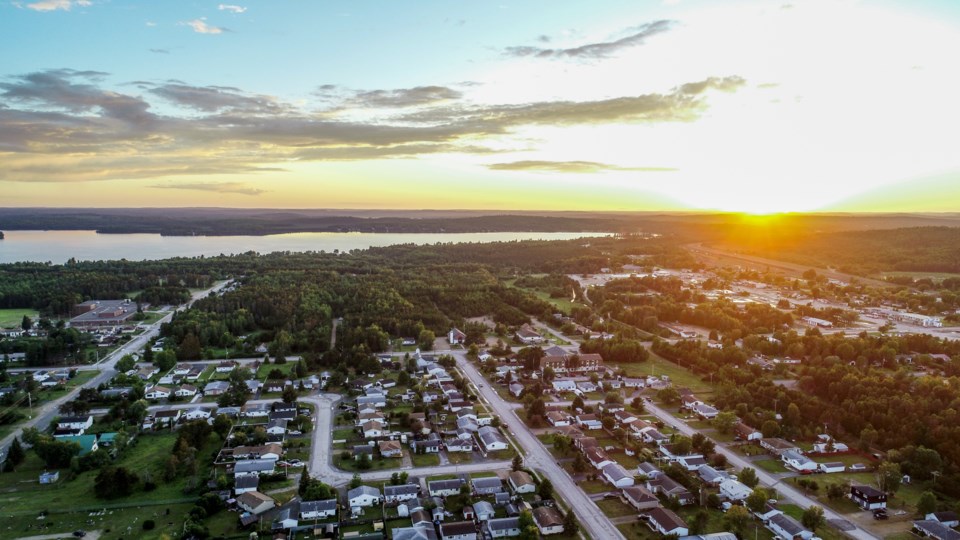IGNACE — Recent seismic activity in Northwestern Ontario around the Township of Ignace has not yet raised red flags for the proposed nuclear waste repository site.
According to Earthquakes Canada, a 1.2 magnitude earthquake occurred 39 kilometres from Ignace near White Otter Lake. on Jan. 25 at 5:12 a.m. Two more smaller quakes measuring 1.3 were also recorded in the area around Jan. 8 and Jan 21.
On Jan. 28, a 1.3 magnitude quake was recorded 24 km northwest of Ignace at 1:20 p.m. and three hours later, a 2.7 magnitude quake was recorded 27 km northwest of Ignace at 4:40 p.m.
Mareike Adams, a seismic analyst at the Canadian Hazard Information Service with Natural Resources Canada, said Northwestern Ontario is an area of low seismic activity but still has the potential for earthquakes as evident in this activity.
If these smaller tremors are indicative of larger things to come, that all remains to be seen.
"We don't really know for any earthquake that happens if it's a foreshock or not because we can't predict earthquakes, so we really don't know that there's going to be a larger one that could come," Adams said.
"However, in this area, there has only been about one or two 2.5 magnitude or greater earthquakes in the last 30 years or since we've started recording in this area. It's a very low seismic risk active area, but there's always potential for some events that could happen, and it's always good to be prepared."
Adams chalked up the 2.7 magnitude quake on Jan. 28 as one of the larger quakes for this area.
She added that there hasn't necessarily been an increase in seismic activity; rather, they have more stations and instrumentation able to record smaller events in these more sparse areas.
Some of the data collected by Earthquakes Canada is made available from the Nuclear Waste Management Organization (NWMO), which has also been monitoring seismic activity as part of their overall study for their proposed nuclear waste repository sites.
"We have been studying this for many years in the Northwest, and we've actually set up a whole system (of micro-seismic monitoring stations)," said Vince Ponka, regional communications manager for the Nuclear Waste Management Organization.
"The Richter value of these quakes has to get up to around a four before a person can feel it. All across the Northwest, there is (seismic) movement and it's normal. A lot of it is a result of what's called isostatic rebound, which is the ground that is still bouncing back from the ice age."
Ponka said they use this data to make sure that a deep geological repository would be safe.
"Occasionally, we may get a quake around a three somewhere in the Northwest," he said.
"To make sure (the repository) can handle that, our facility is being designed to withstand a seven on the Richter scale — that's 10,000 times stronger than a Richter of three," he said, adding that's the kind of quake you'll see in the San Andreas Fault. "That (seismic) activity just doesn't happen in stable interiors like the Canadian Shield."
He said the Nuclear Waste Management Organization needs to prove to regulators that the operation of a nuclear waste repository can be done safely.
Ignace Mayor Kim Baigrie told The Chronicle-Journal that the Township of Ignace and its council are aware of the seismic activities and have faith in the Nuclear Waste Management Organization to continue with its study for safety regulations.
"The (Nuclear Waste Management Organization) is studying this activity and will continue to study seismic activities of this matter if there are any," Baigrie said. "If there is any information that they would like us to consider, they will likely bring it to the council, which will be another piece of information for council to consider during our willingness procedure."
The Chronical Journal / Local Journalism Initiative
Editor's note: This story was originally published on Feb. 7.
